QMC Instruments
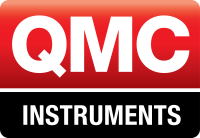
QMC Instruments Ltd. started life as a technology transfer organisation dealing mainly with technology developed in the 1960's and 1970's in the Physics Department of Queen Mary College in London (now called QMUL.)
The Wolfson Foundation provided funding to the college to grow a portfolio of businesses under the umbrella of QMC Industrial Research Ltd. Other businesses in the group involved themselves in materials fire testing, the design of deep sea anchors for oil rigs and early information technology.
QMC Instruments Ltd. core activity in its early years was the design and manufacture of liquid helium cooled InSb hot electron bolometer systems. This device had previously been used as a heterodyne receiver for far infra-red (FIR) astronomy. In the commercial environment QMC developed this into a crucial tool for the plasma fusion community to measure electron density and temperature profiles within experimental Tokomak reactors. Early work was carried out at JET in Oxfordshire (UK) and at Princeton in the US.
Since 2001 QMC has been located at Cardiff University alongside its colleagues in the School of Physics and Astronomy. The Astronomical Instrumentation Group in Cardiff is a world leader in the design and provision of receivers for continuum astronomy in the FIR region. Their work has been central to the success of astronomy in this region of the spectrum over the last 20 years. They have most notably been heavily involved in instruments for ground-based facilities such as the James Clerk Maxwell telescope in Hawaii, balloon-borne experiments such as Boomerang, and satellite projects such as IRAS, ISO, Herschel and Spitzer.
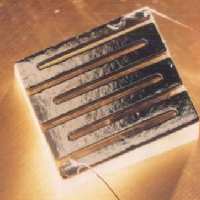
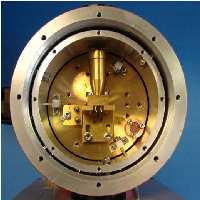
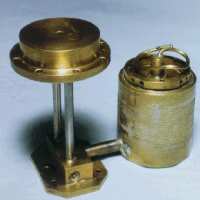
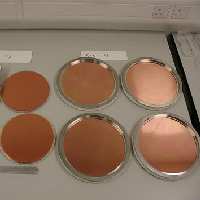
Find out more about QMC Instruments >>>